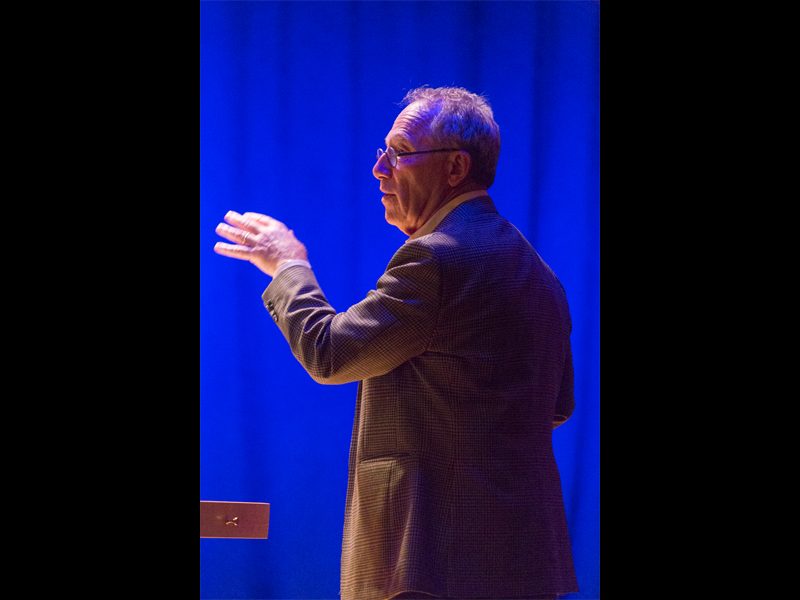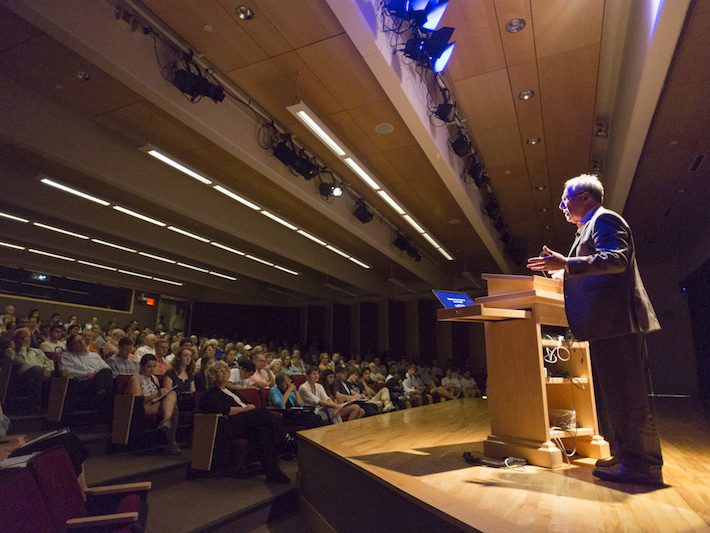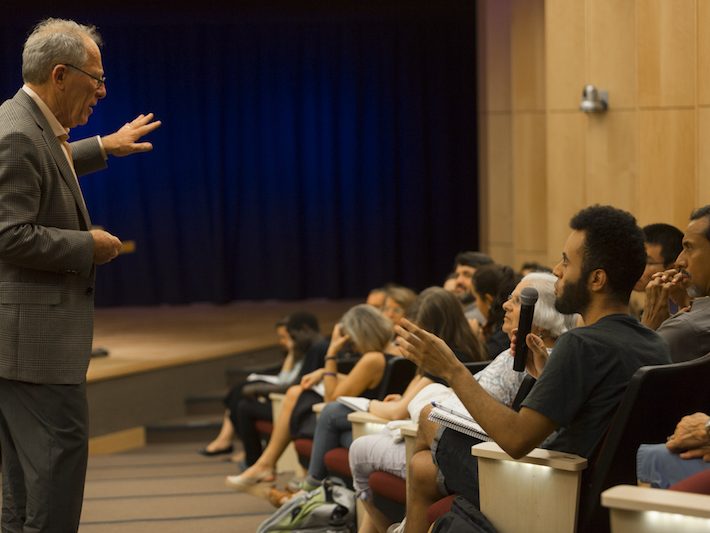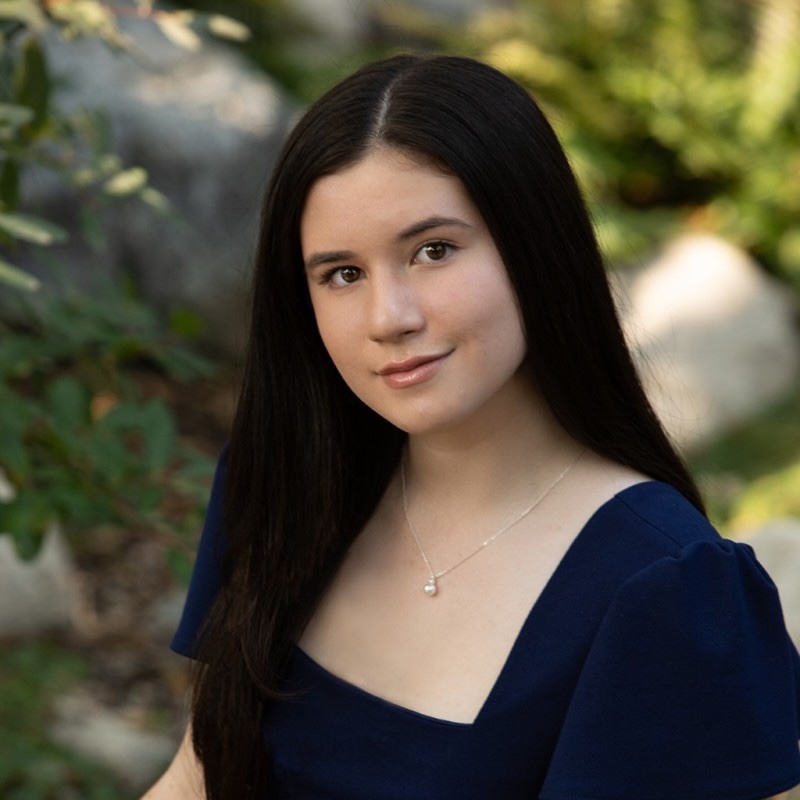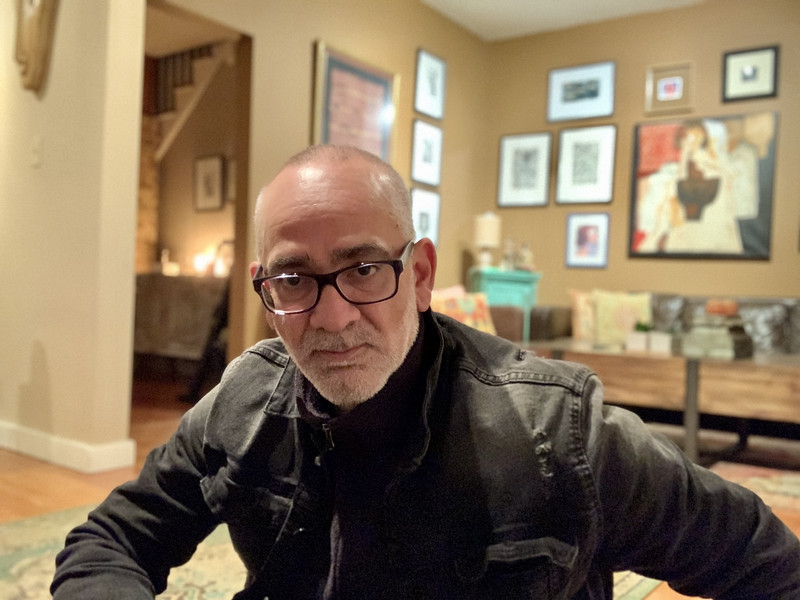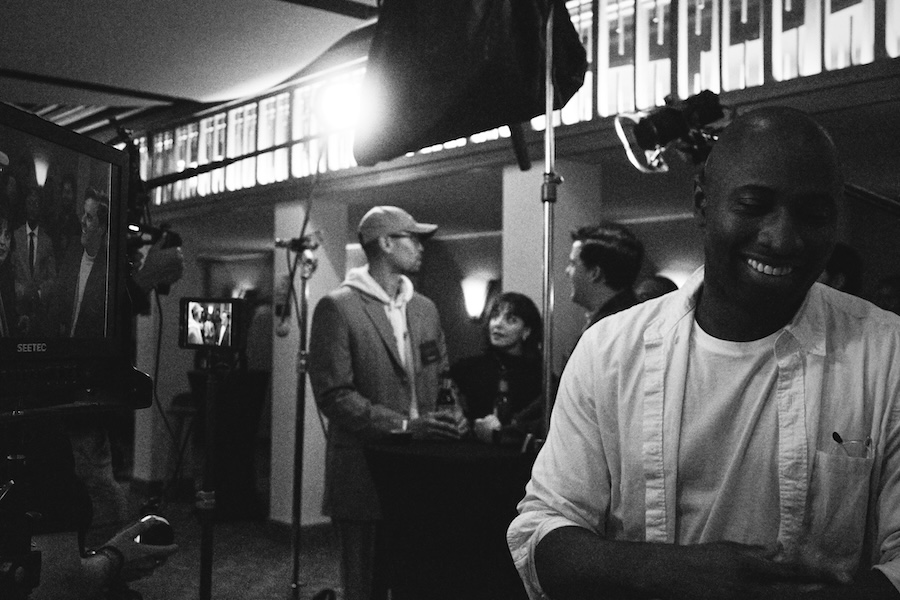Historian Laqueur Visits Bowdoin to Discuss the Work of the Dead
By Alexandra Moreno '18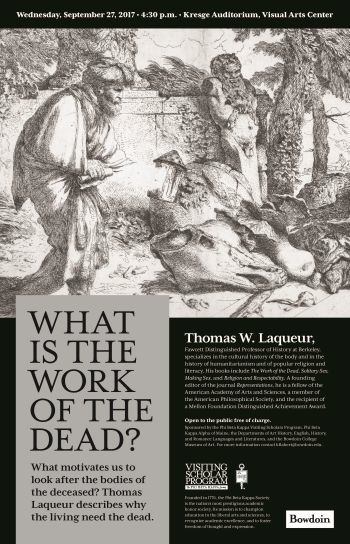
The work of Thomas Laqueur, who is University of California Berkeley’s Fawcett Distinguished Professor of History, spans so many academic disciplines that, during his Bowdoin visit last week, he visited an anthropology class to discuss dogs and humanitarianism and a Francophone studies class to talk about sexual difference. Plus, he stopped into the art history seminar Ghastly Beauty: Images of Mortality and Their Lessons for Living. Finally, Laqueur led a session on early modern anatomy for five classes.
Laqueur has published widely on the cultural history of the body, and is the author of several books, including Making Sex: Body and Gender from the Greeks to Freudand The Work of the Dead: A Cultural History of Mortal Remains.
During the public talk Laqueur gave at Bowdoin, which was open to the community, he explored the question he poses in his most recent book, What is the Work of the Dead?, in front of a packed Kresge Auditorium.
“Before I start talking about what is the work of the dead, let me ask a prior question,” he said, “which is why do we care for the dead…why care for the body?”
Using historical images of cemeteries and grave markings, and telling stories of culture’s treatment of the dead through time, Laqueur showed the significance of the dead’s presence in life and public space. He concluded that the work of the dead is to make us human, and to place us in a historical tradition of caring for the deceased. We subscribe to the principles of our ancestors, he argued, because history has shown us that respecting the dead is an important responsibility of the living. “We humans do care for the dead…It represents our entry into culture from nature,” he said, referencing Sophocles in Antigone. “We need them more than they need us,” he added.
“So the history of the work of the dead is a history of the imagination, a history of how we invest the dead — dead bodies — with meaning….They truly are nothing, and we make so much of them,” he continued.
“I’m interested in what the bodies do. They don’t remind people of death, they remind people of a community: of a religious community, of a political body, of a family community.”
—Thomas Laqueur
Laqueur’s Bowdoin visit concluded with a class on anatomy. Courses from across the humanities, including the English class The Art of Sciences in the English Renaissance, gathered in the Visual Arts Center to trace the history of anatomical discovery from the first human dissections, through the rise of anatomical theaters, and into the realm of live surgeries.
Following Laqueur’s talk, the Bowdoin Museum of Art held a reception to honor Laqueur and the current exhibition The Ivory Mirror: The Art of Mortality in Renaissance Europe.
The event was sponsored by the Bowdoin College Museum of Art, and the Departments of Art History, English, History, and Romance Languages and Literature, and the Maine chapter of Phi Beta Kappa.
